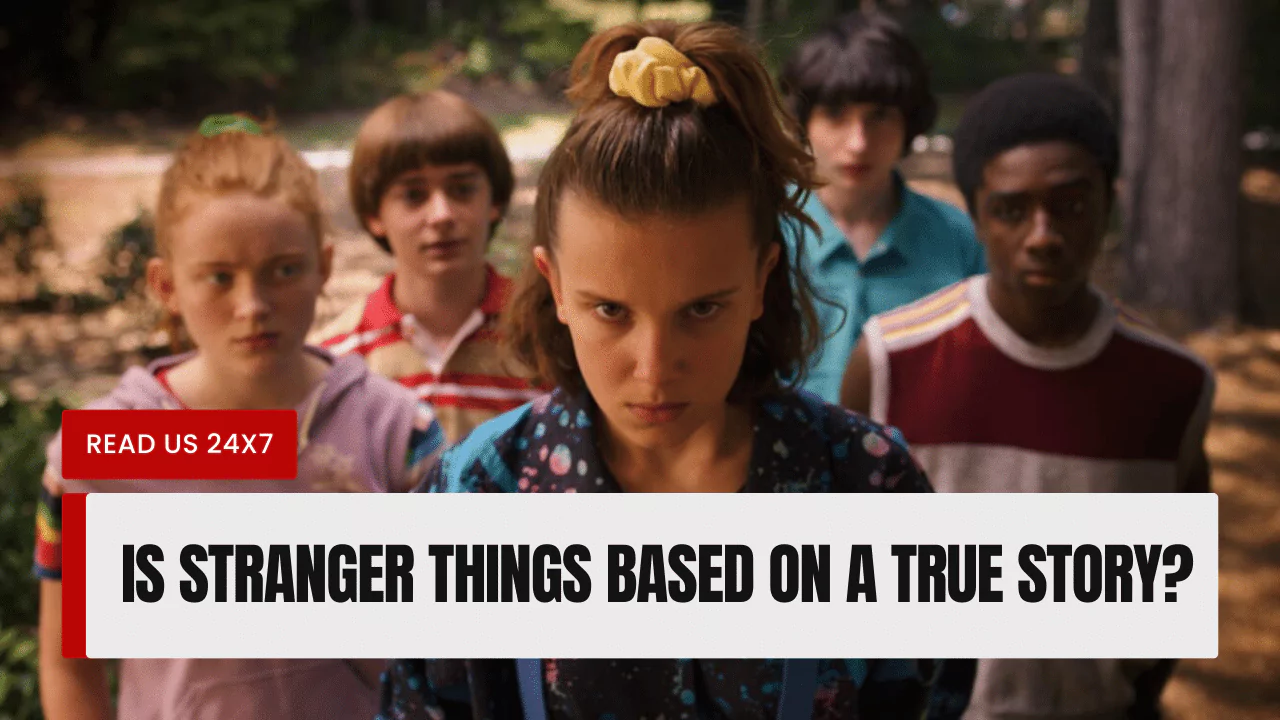Stranger Things is not based on a true story, but it is inspired by a number of real-world events and conspiracy theories.
One of the biggest inspirations for the show is the Montauk Project, a conspiracy theory that claims that the US government conducted secret experiments on children at Camp Hero in Montauk, New York, in the 1970s and 1980s. The experiments are said to have involved mind control, time travel, and other paranormal phenomena.
Another inspiration for Stranger Things is the real-life CIA program MKUltra, which conducted illegal experiments on human subjects in an attempt to develop mind control techniques. MKUltra was active from the 1950s to the 1970s, and it is estimated that thousands of people were subjected to its experiments.
Stranger Things is also influenced by a number of classic science fiction and horror films, such as E.T. the Extra-Terrestrial, The Shining, and Alien.
The Duffer Brothers, the creators of Stranger Things, have said that they wanted to create a show that was both “scary and heartwarming,” and that would appeal to a wide audience. They also wanted to create a show that was “grounded in reality,” even though it features supernatural elements.
The Inspiration Behind Stranger Things
Stephen King and Steven Spielberg’s 80s horror films have a major influence on Stranger Things. The show references E.T., The Goonies, Poltergeist, Stand By Me, The Shining, Firestarter, It, and Carrie. The program also mentions Dungeons & Dragons, Star Wars, Ghostbusters, and arcade games. Matt and Ross Duffer, the creators of Stranger Things, sought to recreate the emotion of viewing these movies for the first time as kids in the 1980s.
The Montauk Project conspiracy theory, which claims the US government performed covert human experimentation at Camp Hero or Montauk Air Force Station in Montauk, New York, in the 1970s and 1980s, inspired Stranger Things. This hypothesis claims the experiments encompassed mind control, time travel, teleportation, extraterrestrial contact, and phony moon landings. Some who claimed to have participated in or watched these trials stated they rediscovered their memories. The Duffer brothers admitted that this notion inspired them and that Stranger Things was originally called Montauk.
Third, Stranger Things was influenced by the 1993 West Memphis Three, three adolescents convicted of killing three young boys in Arkansas. The teens were accused of satanic cult involvement and ritual executions. Many claimed they were innocent and scapegoated for their heavy metal and occultism interests. It sparked national interest and various documentaries and publications. This story attracted the Duffer brothers, who sought to study how society handles outcasts and misfits.
The Connection between Project MKUltra and Stranger Things
One of the most intriguing aspects of Stranger Things is the connection between the show and a real CIA program called Project MKUltra. This was an illegal human experimentation program that ran from 1953 to 1973 and aimed to develop techniques and drugs that could be used for mind control, information gathering, and psychological torture. The program involved more than 150 experiments on human subjects, some of them unwittingly dosed with LSD and other psychoactive substances. The experiments also involved electroshocks, hypnosis, sensory deprivation, isolation, verbal and sexual abuse, and other forms of torture.
The role of the CIA in Project MKUltra is similar to that of the Department of Energy (DOE) in Stranger Things. In both cases, the agency is responsible for conducting secret research on paranormal phenomena and using human subjects as guinea pigs. In Stranger Things, one of these subjects is Eleven (or El), a young girl who was born with telekinetic abilities and raised in a laboratory by Dr. Martin Brenner (or Papa), a sinister scientist who works for the DOE. El escapes from the lab and meets Mike Wheeler and his friends, who help her hide from Brenner and his agents. El also discovers that she can access a parallel dimension called the Upside Down through her mind.
The Real Story vs. Fiction
While Stranger Things is inspired by real events and theories, it is not based on a true story per se. The show takes creative liberties with its sources and adds fictional elements to create an original and compelling narrative. For example:
- There is no evidence that Project MKUltra involved experiments on children or people with psychic powers.
- There is no proof that the Montauk Project ever existed or that it involved any of the claims made by its proponents.
- There is no connection between the West Memphis Three case and any supernatural occurrences or government cover-ups.
- There is no scientific basis for the existence of the Upside Down or any of the creatures that inhabit it.
However, this does not mean that Stranger Things is completely detached from reality. The show uses real events as a backdrop to explore themes such as friendship, family, trauma, justice, and courage. The show also raises questions about the ethical and moral implications of scientific research and the abuse of power by authorities. The show also taps into the cultural nostalgia and fascination for the 80s, a decade that was marked by political tensions, social changes, and technological innovations.
Stranger Things is a show that blends fact and fiction in a captivating way. It is not based on a true story, but it is inspired by real stories that have intrigued and entertained generations of viewers. The show is a tribute to the 80s horror genre and a reflection of the contemporary zeitgeist. It is a show that invites us to question reality and to embrace the strange.



